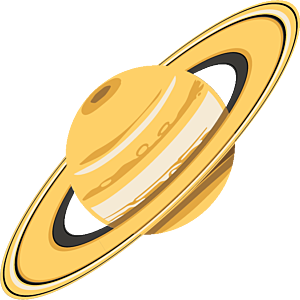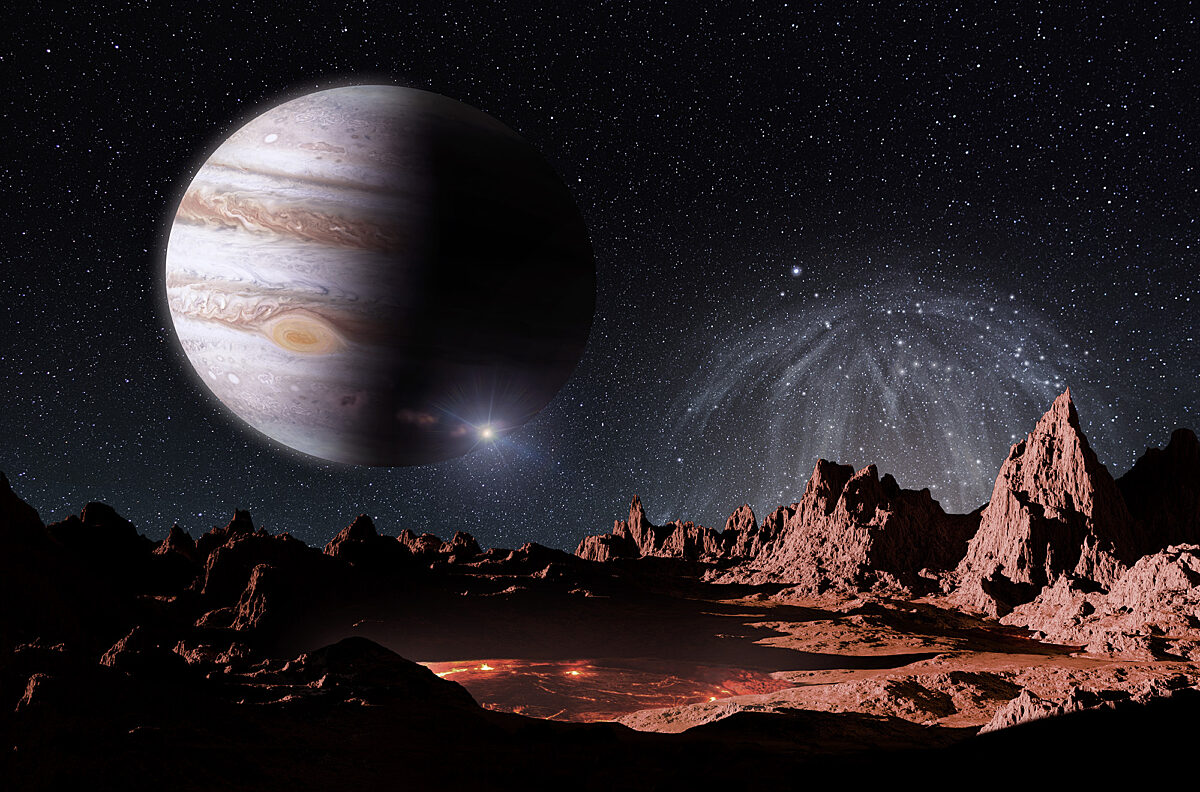The Downlink • Jul 19, 2024
A planetary smash-up
Space Snapshot

This week marks the 30th anniversary of a celestial event that awed and astonished observers. Between July 16 and 22, 1994, fragments of comet Shoemaker-Levy 9 crashed into Jupiter’s southern hemisphere, leaving the brownish scars you see in the top-left of this view of the planet from the Hubble Space Telescope. The largest of these scars — the central dark spot surrounded by a ring of dark material — was estimated to be around 12,000 kilometers (7,500 miles) in diameter, which is roughly the size of Earth. Read Planetary Society Vice President Heidi Hammel’s account of witnessing the impact. Image credit: H. Hammel, MIT, NASA, Judy Schmidt.
Special note: This week The Planetary Society’s entire team is at a strategic planning retreat, meaning this week’s Downlink will be shorter than usual. We’ll be back to our usual content next week.
Fact Worth Sharing

Astronomers discovered and tracked Shoemaker-Levy 9 before its fragments collided with Jupiter in 1994, so they were able to direct the Galileo spacecraft’s cameras to capture the impact. This was the first time anyone had ever witnessed a major Solar System collision as it happened.
Mission Briefings


NASA has cancelled the VIPER lunar rover. NASA announced Wednesday that it will discontinue the development of its VIPER (Volatiles Investigating Polar Exploration Rover) project. The agency stated cost increases, delays to the launch date, and the risks of future cost growth as the reasons to stand down on the mission. Pictured: VIPER in the cleanroom at NASA's Johnson Space Center. Image credit: NASA.
From The Planetary Society


Mars is the planet next door, but that doesn’t make it easy to get to. Human exploration of the Red Planet has long been a goal of space agencies around the world, but several technical challenges still stand in the way. From radiation to isolation, one of our latest articles delves into some of the biggest challenges facing human exploration of Mars. Pictured: This montage of images was taken over several months in 2018 as Mars' orbit got closer to Earth's. Image: Damian Peach / Chilescope team.

The House Science Committee has advanced a bipartisan law supporting NASA. On July 10, the U.S. House of Representatives Committee on Science, Space & Technology voted to advance the NASA Reauthorization Act of 2024, a new piece of legislation that establishes the space agency’s policy priorities for the coming year. Here’s our breakdown of that act and what it means for space science and exploration.

Starship is a big deal right now. Here’s why. SpaceX’s Starship is the largest, most powerful rocket ever flown. It has the potential to land astronauts on the Moon, help establish a sustainable human presence beyond Earth, and make space more accessible to everything from telescopes to tourists. But the road ahead is far from clear. We explore what’s next for Starship and what it’ll take to get it mission-ready.

The time is now! As a supporter of The Planetary Society, you can help defend Earth today! Asteroid strikes are rare but potentially catastrophic. The earlier we identify any threats, the more likely we are to prevent them. When a dangerous asteroid comes, let’s make sure we’re ready. Become a Planetary Defender with your gift of any amount today.
What's Up

Yellowish Saturn rises in the east in the middle of the night this week and shines high in the skies until the dawn. You’ll also see reddish Mars and, lower, very bright Jupiter in the predawn east. On July 22, Mercury will reach its highest point above the evening western horizon. Learn more about what to look for in July’s night skies.
Wow of the Week

Planetary Society member and astronomical artist Pavel Gabzdyl was inspired by the 30th anniversary of the Shoemaker-Levy 9 impact on Jupiter to create this depiction of an imagined view of the impact from the surface of Jupiter’s moon Io. “The image shows the last of all the impacts, which occurred on July 22, 1994,” says Gabzdyl. “Then, on the right, you can see one of the eruptions of volcanic material, hovering high above the active volcanoes of this moon.” Image credit: Pavel Gabzdyl.
Send us your artwork!
We love to feature space artwork in the Downlink. If you create any kind of space-related art, we invite you to send it to us by replying to any Downlink email or writing to [email protected]. Please let us know in your email if you’re a Planetary Society member!


 Explore Worlds
Explore Worlds Find Life
Find Life Defend Earth
Defend Earth

